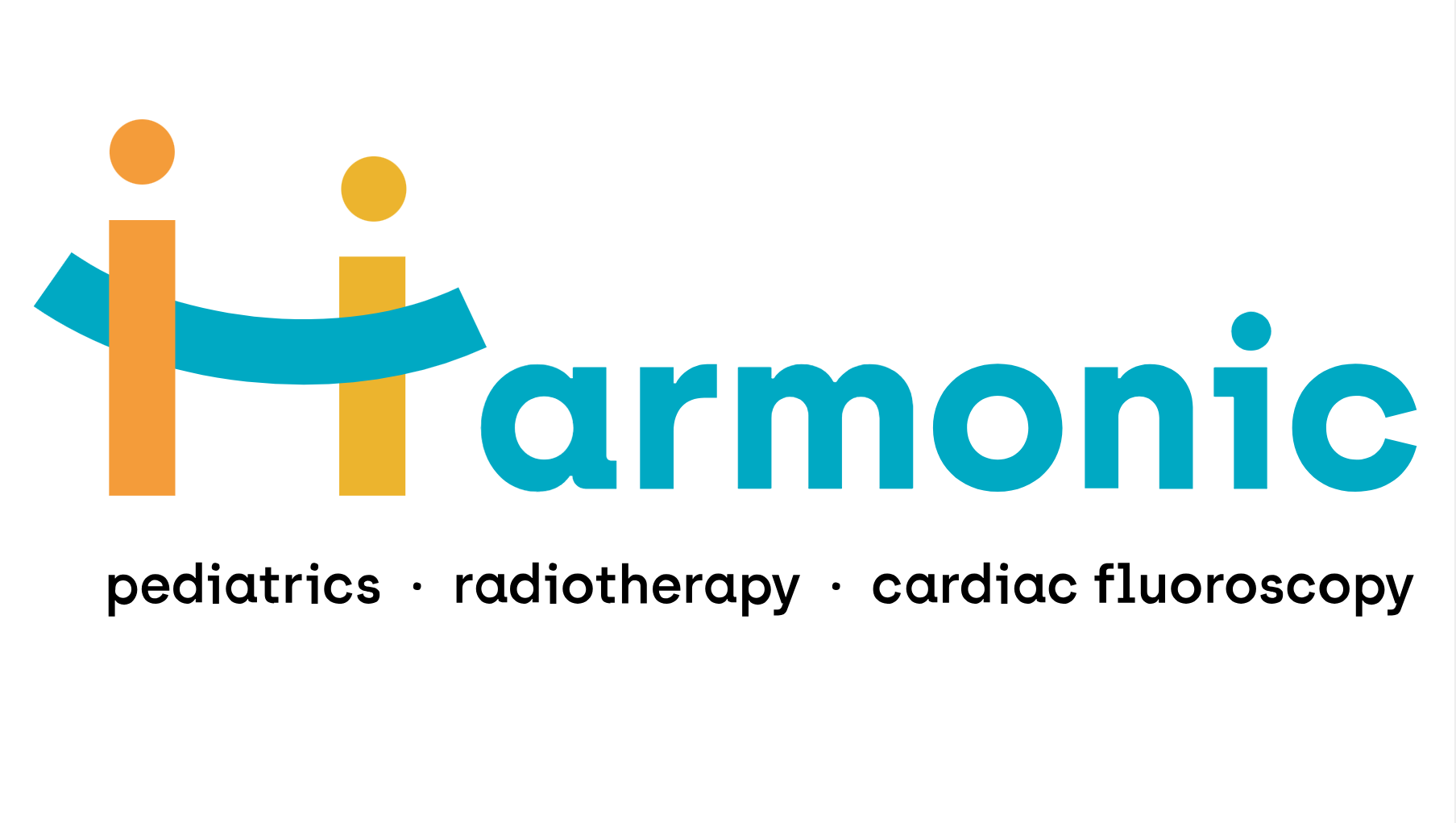
New Article: Monte Carlo simulation of the Varian TrueBeam flattened-filtered beams using a surrogate geometry in PRIMO
As part of the international research and cooperation project HARMONIC, physicists have developed a method with which more accurate predictions can be made regarding the dose distribution in healthy tissue during radiotherapy when using the Varian TrueBeam.
Monte Carlo method for dose calculation
The prediction of second cancer induction after radiotherapy is limited by many factors. One of them is the lack of information on the very small radiation dose absorbed by the patient in regions far from the treated volume. Dose calculation programs based on the Monte Carlo method, which is considered the gold standard for accurate dose computation in radiotherapy, are in principle able to calculate the delivered radiation dose throughout the patient’s body with the required accuracy.
However, general-purpose Monte Carlo programs, which are those that can yield the highest level of accuracy in the dose calculation, require detailed geometrical information of the device used to irradiate the patient in order to achieve the demanded accuracy. Unfortunately, it is common that manufacturers of these devices do not provide this information owing to trade secrets, thus hindering to exploit the full potential of general-purpose Monte Carlo algorithms for simulation of radiation.
Alternative calculation of dose data
This is the case of one of the most commonly used medical linear accelerators nowadays. To circumvent this problem for this linear accelerator the authors derived a method, which uses experimental dose data obtained in water tanks, together with openly available data from the manufacturer, to create a geometric description of the linear accelerator. The derived geometric description, when coupled with the adequate simulation parameters also found by the authors, is capable of reproducing the dose distributions produced by this device with great accuracy.
Implementation in PRIMO
The results found by the researchers permit to accurately simulate this linear accelerator with any Monte Carlo program. In particular, the authors have implemented the derived geometry in the freely distributed program PRIMO. PRIMO is designed to calculate dose distributions for radiotherapy patients using the Monte Carlo method, without the user needing specific information about the linear accelerator or knowledge of the intricacies of programming or of the Monte Carlo method itself.
The inclusion of the derived geometry and simulation parameters in PRIMO opens the door for radiotherapy departments using this linear accelerator to routinely perform independent dose verification while allowing at the same time to conduct further research on this device. Moreover, the method employed by the researchers, as well as the computational tools they have developed, are available to the community for those interested in pursuing similar studies on other devices.
Radiation Oncology
The results of the study were published by WPE physicist Prof. Lorenzo Brualla together with international colleagues in “Radiation Oncology”.
HARMONIC
This research has been conducted within the framework of the European Commission Horizon 2020 HARMONIC project, in which the WPE and the Department of Particle Therapy, University Medicine Essen, have leading roles. One of the objectives of the HARMONIC project is to provide the tools and methods for allowing a comprehensive comparison between conventional radiotherapy with photon beams using linear accelerators and proton therapy. The published results and distributed software tools help to pave the way for reaching that goal.